Like any other history I’m sure, chronicling graphic design history is tricky business. There is the written part, relying on correct facts and authoritative sources. But then there is the visual part, upon which graphic design’s history relies heavily to tell its evolution. And just as important as fact-checking we’ve realized that image-checking is just as crucial. This may be a bit of a “well, duh…” but if we’ve come to rely on the most authoritative resources to gain visual knowledge of our history, well, at least one influential example has been wrongly represented.
As Bryony has been ferociously laying out pages for Graphic Design Referenced (and, I, ferociously writing the last bunch of words) she noticed discrepancies in three design books of the orientation of April Greiman’s 1986 design of issue No. 133 of the Walker Art Center’s Design Quarterly magazine. For quick reference: Greiman was invited by the Walker to design the issue featuring her work and instead of just styling their publication she transformed it into a two-by-six-foot poster, that showed her, naked, in actual size, overlayed with smaller images, a timeline, questions, and quotes — even a second portrait added at the last minute showing her new hairdo. When folded, the poster takes the form of the portrait-shaped publication so that it unfolds horizontally. Since most books are also portrait-shaped, running the unfolded poster horizontally renders a much too small image where the detail of the piece gets lost. The solution: Display it vertically. In the bigger picture this isn’t the end of the world, after all, the purpose is well intended, to best showcase the piece. But just like getting a year wrong misinforms, in graphic design history, so does a rotated image.
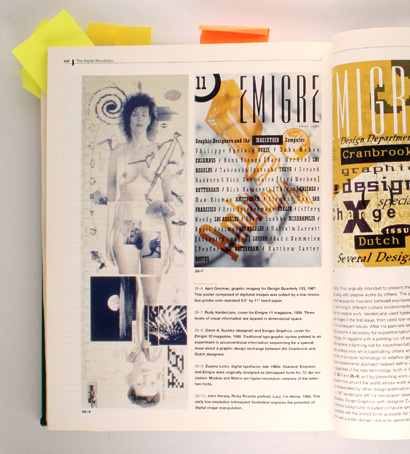
A History of Graphic Design by Philip B. Meggs.
A History of Graphic Design by Philip B. Meggs shows the piece vertically (this, at least, in the second edition we own). Graphic Design: A New History by Stephen J. Eskilson and No More Rules: Graphic Design and Postmodernism by Rick Poynor, also show it vertically and flipped. You have to put the book up to your nose to notice that the typography can only be read by holding the books in front of a mirror.
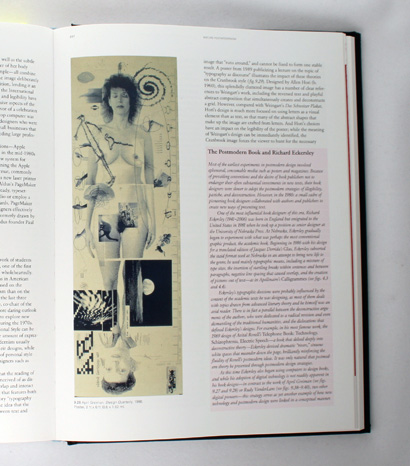
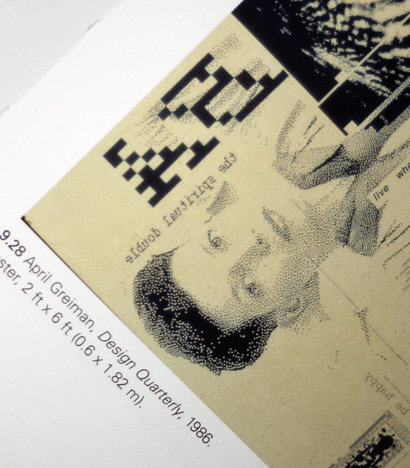
Graphic Design: A New History by Stephen J. Eskilson.
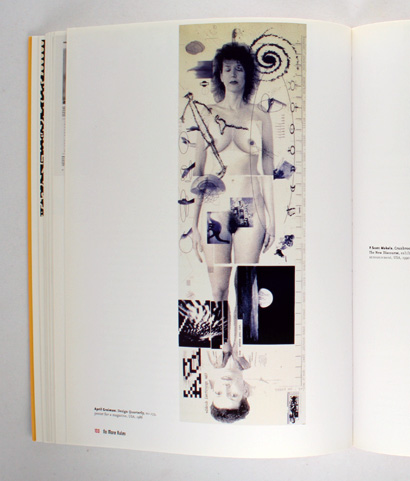
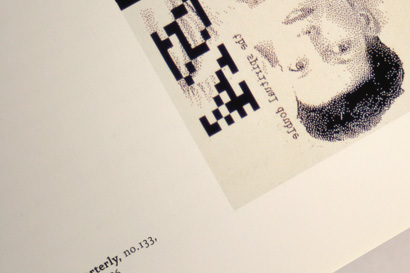
No More Rules: Graphic Design and Postmodernism by Rick Poynor.
We bring this up not to cause ridicule, but to commiserate with the very likely possibility of failing to portray graphic design history with 100% accuracy. This is perhaps one of the most glaring examples, and it might be hard to print a flipped poster with bigger typography, but representing the history of graphic design visually is torturous: The colors, size relationships, textures and real-life impact are impossible to convey in either generous full-bleed images or postage-size thumbnails.
I guess the lesson is to absorb graphic design as much as you can right now, when it comes fresh off the oven. Because twenty, thirty, fifty or a hundred years from now it might not look even remotely as you remember it.






So, assuming you are including this piece in your book, are you running it horizontally or vertically?
On Dec.19.2008 at 09:54 AM